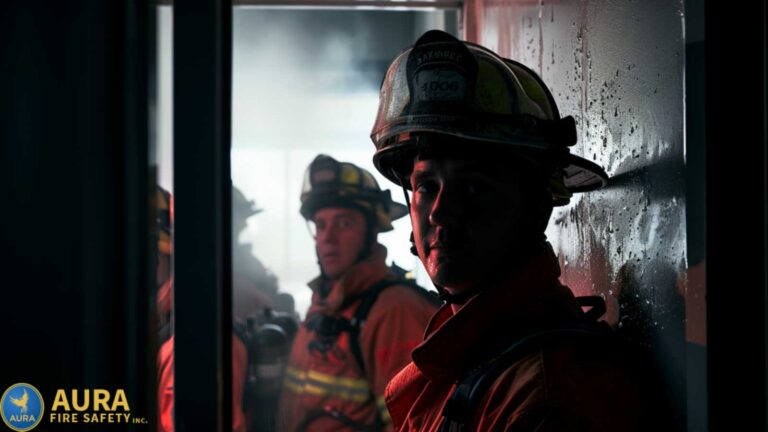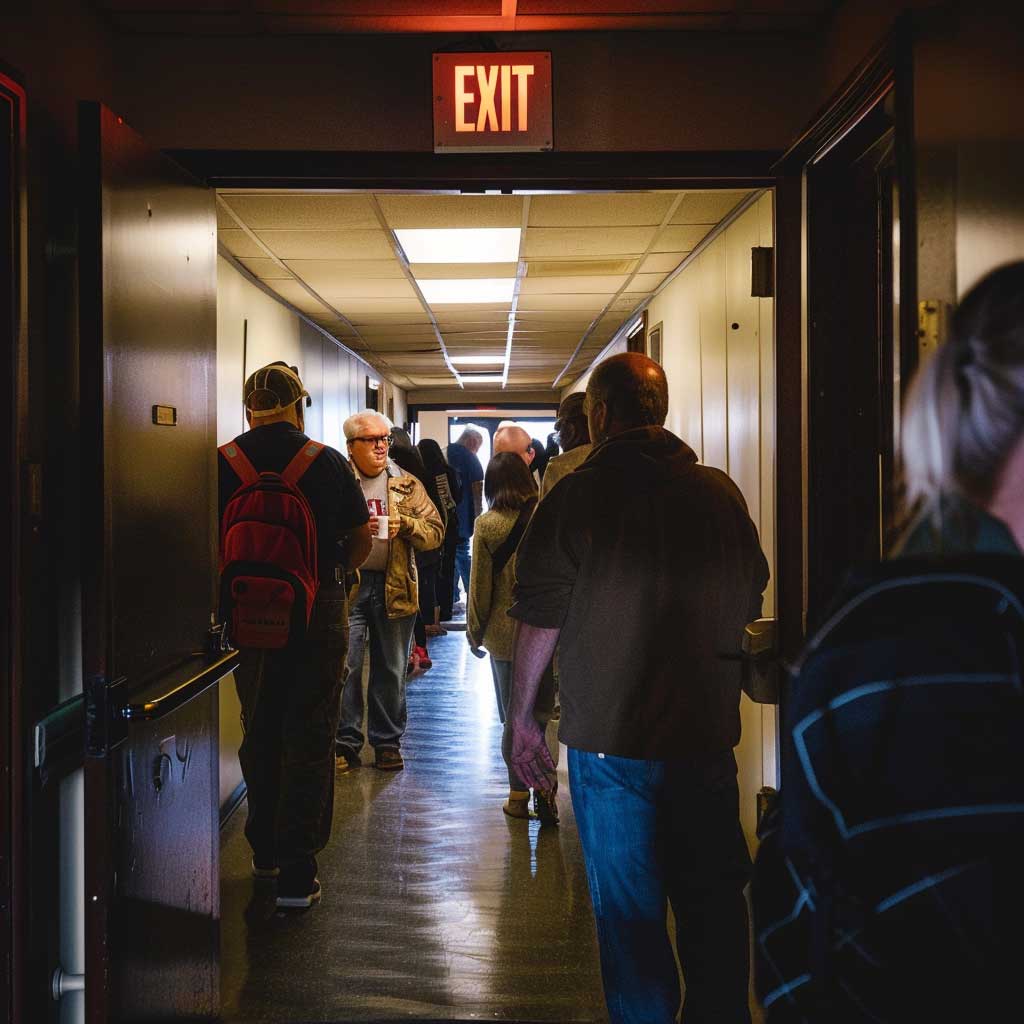San Francisco’s fire season brings a heightened risk of wildfires, impacting both residential and commercial areas. This period demands heightened vigilance from commercial and residential property owners alike, urging them to adopt comprehensive fire safety practices. With a variety of fire protection strategies available to enhance property safety, the key question emerges: How ready are you to protect your property when fire threatens?
Get in Touch for Fire Protection Services
Understanding Fire Season in San Francisco
Fire season in California typically spans from July through October, characterized by hot, dry conditions that significantly elevate the risk of wildfires. During these months, factors such as low humidity, high temperatures, and strong seasonal winds can combine, creating optimal conditions for fires to ignite and spread rapidly. This period demands vigilance and preparedness from property owners, as the changing climate can extend these conditions, varying the season’s length and intensity from year to year.
Historical Impact on San Francisco and the greater Bay Area
San Francisco has witnessed its share of fire-related incidents, particularly during the fire season. These events underscore the importance of preparedness and the need for effective fire safety strategies to avoid catastrophic damages. San Francisco’s encounter with the 2020 LNU Lightning Complex fires starkly illustrates the city’s vulnerability during fire season. Triggered by a series of lightning strikes, this event quickly escalated into one of the largest wildfires in California’s history, affecting regions just north of San Francisco.
These wildfires demonstrate the necessity of not only preparing but actively enhancing fire safety protocols to safeguard lives and properties. This proactive approach involves meticulous planning, the implementation of robust safety systems, and continuous education on fire prevention strategies.
Assessing Your Property’s Fire Risk
As California faces increasingly severe fire seasons, San Francisco property owners must prioritize evaluating and mitigating their fire risks. This assessment is not only about safeguarding assets but also about ensuring the safety of all occupants.
Risk Factors for Commercial and Residential Complexes
The fire risks for buildings vary greatly depending on several factors. Architectural features such as wooden shingles, inadequate spacing from neighboring structures, and the presence of flammable materials can also increase risk. Understanding these elements is crucial for preparing and protecting your property during fire season.
Conducting a Fire Risk Assessment
Effective fire risk assessment involves a meticulous review of a property’s physical and environmental aspects. Here’s how to ensure that your assessments are thorough and effective:
- Structural Integrity: Examine the condition of the building’s materials and structure. Check for any features that may need fire-resistant upgrades or repairs to minimize potential ignition points.
- Fire Alarm and Sprinkler System Functionality: Verify that all fire detection and suppression systems are in working order. This includes testing smoke detectors, fire alarms, and sprinkler systems to ensure they operate effectively when needed.
- Environmental Factors: Identify external risks such as overgrown vegetation, debris accumulation, or nearby chemical storage that could exacerbate a fire situation. Assess the property’s landscape and local climate factors that influence fire behavior.
Closing these assessments with actionable insights and preparedness plans is vital. Documenting potential vulnerabilities and implementing recommended changes can significantly reduce the likelihood of fire damage. Regular updates and reviews of the risk assessment ensure that the property remains prepared for the evolving conditions of fire season.
Essential Fire Safety Systems and Maintenance
Fire safety systems form the first line of defense against fires in any property. Regular maintenance and timely upgrades of these systems are not just about meeting regulations—they directly impact the ability to protect lives and minimize property damage during a fire.
Importance of Regular Fire Sprinkler and Fire Alarm Inspections
Regular inspections of fire sprinklers and alarm systems are vital for several compelling reasons, ensuring all components function optimally:
Get in Touch for Fire Protection Services
- Detection of Component Failures: Fire sprinkler inspections can reveal issues such as clogged sprinkler heads and corroded pipes, which can inhibit water flow and distribution during a fire. For alarms, inspections might identify faulty sensors or batteries that are low on power, critical factors that could delay the detection and alert processes during a fire emergency.
- Verification of System Integrity: System integrity checks during regular inspections are crucial for maintaining the operational and physical condition of both fire sprinklers and alarms. Inspectors rigorously assess each component, from sprinkler pipes and nozzles to alarm wiring and sensors, ensuring that every element functions correctly and is free from any defects.
Concluding with a comprehensive report on each inspection helps property managers understand their systems’ condition and take necessary actions before potential issues turn into real hazards. This proactive approach significantly enhances safety during the high-risk fire season.
Upgrading Fire Safety Systems
Upgrading older fire safety systems to incorporate modern technologies is essential for enhancing protective measures in both commercial and residential settings. Modern fire safety solutions offer advanced detection and suppression capabilities, significantly improving systems’ responsiveness during emergencies. These upgrades not only align with the latest safety codes but also introduce efficiencies that older systems lack, such as improved sensor accuracy and integrated network capabilities.
By adopting newer technologies, property owners can ensure their systems provide robust protection, ultimately safeguarding lives and minimizing potential property damage during fire incidents. This strategic improvement in fire safety infrastructure is a proactive step towards maintaining a high standard of safety and compliance within the evolving landscape of fire regulations.
Implementing Emergency Response Strategies
Having robust emergency response strategies is not just a regulatory requirement but a crucial safeguard for commercial and large residential buildings. These strategies are pivotal in mitigating risks and ensuring swift and coordinated actions during a fire, reducing potential damages, and ensuring the safety of all occupants.
Developing an Evacuation Plan
Creating a comprehensive evacuation plan is essential for ensuring the safety of residents and staff during a fire emergency. Here’s how to develop an effective evacuation strategy:
- Identify Exits and Routes: Clearly map out primary and secondary escape routes and exits. Ensure these paths are well-marked, unobstructed, and known to all occupants.
- Assign Roles and Responsibilities: Designate individuals as floor or area wardens to guide and assist during evacuations. Their training should include operating fire extinguishers and managing crowd control.
- Special Needs Considerations: Include provisions for occupants with disabilities or those who might require additional assistance during an evacuation.
- Local Coordination: Work with local fire services to ensure your plan aligns with external emergency response procedures.
An effective evacuation plan is periodically reviewed and updated, reflecting any changes in building layout, occupancy, or local regulations. Practicing this plan regularly ensures that when faced with an actual fire, everyone knows their role and how to execute the plan efficiently and safely.
Tailored Fire Protection Services
At Aura Fire Safety, we recognize that each property is unique, with distinct fire safety needs. We provide fire protection services designed to fit the specific requirements of each facility, whether it’s a sprawling commercial complex or a high-rise residential building. Our comprehensive services include custom system design, installation, and ongoing maintenance, ensuring that every aspect of your fire safety measures is addressed.
Don’t wait for an emergency to discover the importance of optimal fire protection—call Aura Fire Safety now!
Get in Touch for Fire Protection Services


